
Machu Picchu is located in the heart of the Peruvian Andes. The sacred Inca citadel built around 1450 and discovered in 1911, still hides enigmas and mysteries about its real purpose, which continue to be hidden to this day and which arouse the interest of both visitors and archaeologists from all over the world.
Due to its strategic location at the top of a high mountain, there are various theories about what it could mean for the Incas. Some argue that it was built as a great mausoleum for the Inca Pachacútec, while others claim that it was an important administrative and agricultural center whose cultivation areas served for the livelihood of its inhabitants. However, it is also considered that it was used as a necessary link between the Andes and the Peruvian Amazon or as a resting residence for the Inca governor.
The truth is that Machu Picchu is one of the greatest symbols behind what was the impressive architecture and engineering of the Inca Empire. Although its origin is still the subject of study, the value and significance it represented in its time, as well as its imposing design, have earned it to be considered one of the seven wonders of the modern world.
During the tour of the sanctuary, one witnesses the most fascinating and incredible attractions. Each one with its own history and meaning, but all with great architectural beauty.
In total, there are around 196 tourist spots within the citadel among archaeological complexes, squares, temples, water fountains, monuments and residences; all intertwined with each other and with the natural environment.
When touring Machu Picchu, you can see two well-marked sectors divided by a wall of approximately 400 meters long: one oriented to agricultural purposes and the other more urban. The agricultural area is characterized by the presence of terraces or platforms that were used for the cultivation of various foods. Very close to this area, there are some small houses that could have been the dwelling of farmers.
On the other hand, in the urban area the Royal Residence is located, which was the finest, most extensive and best distributed house in the place; the Plaza Sagrada, the main ceremonial site of the city, the Intihuatana Pyramid, where the great solar clock is located; the Group of three gates, many buildings, which includes temples for ceremonial use.


The Central Plaza essentially separates the ceremonial section of Machu Picchu from the residential and industrial areas. When visiting this plaza, you will be surrounded by roofless stone structures and steep green terraces.
This location is another place where you will see llamas roaming through the area and grazing on the grass. If you want to have a great view of Huayna Picchu, this is the best spot to see it.
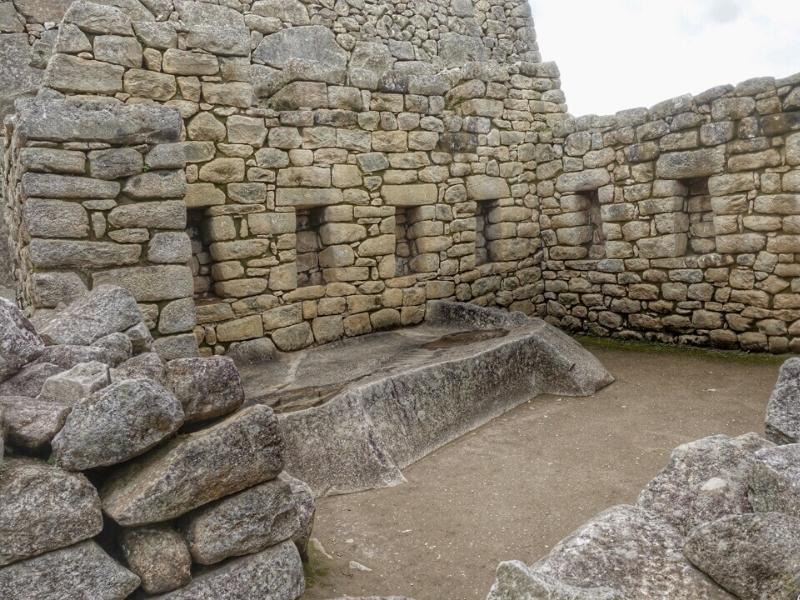
Very little is known about the House of the High Priest, but this is a must-see when visiting Machu Picchu. The building is still standing with all four walls and can be found opposite Principal Temple in the Sacred Plaza and the Temple of the Three Windows. These Inca structures are considered to be some of the best in the area.

The Hut of the Caretaker of the Funerary Rock is one of the buildings that has been restored and is one of the most photogenic places at Machu Picchu. This location is believed to be where Inca nobility was mummified on the carved rock behind the hut. The views from this point offer one of the most dramatic views of the entire complex below. In addition, there is a good chance you will see a small herd of alpacas and llamas enter Machu Picchu near Funerary Rock to graze on the grass along the terraces.
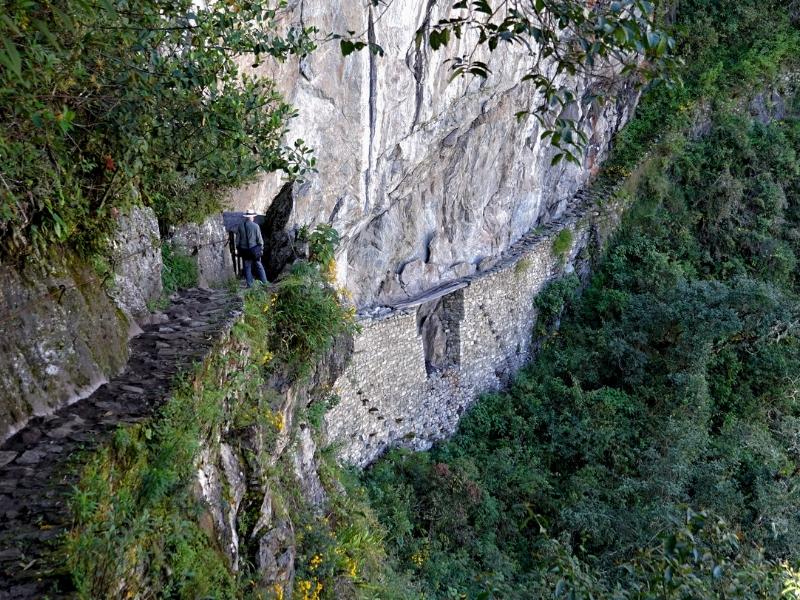
Take a scenic walk from the Hut of the Caretaker out to a narrow, cliff-clinging trail out to the Inca Drawbridge. This trail surrounds you in the lush vegetation of the cloud forest and treats you to a unique view of Machu Picchu. The bridge’s architecture is worth the hike because you will be amazed by the skill of the Inca builders and their use of granite to make the drawbridge. Plus, during your walk, you will see different species of bromeliads and epiphytic orchids.

The Intihuatana is a rock pill that is often mistaken for a sundial; however, the exact reason the Incas used this is still unclear. Many believe Inca astronomers used it to help predict the solstices because there is no shadow during this time. Located at the top of Intihuatana hill, this site is a must because there is an energy in the air that many visitors claim to have helped recharge their bodies, so they can continue their exploration of Machu Picchu.
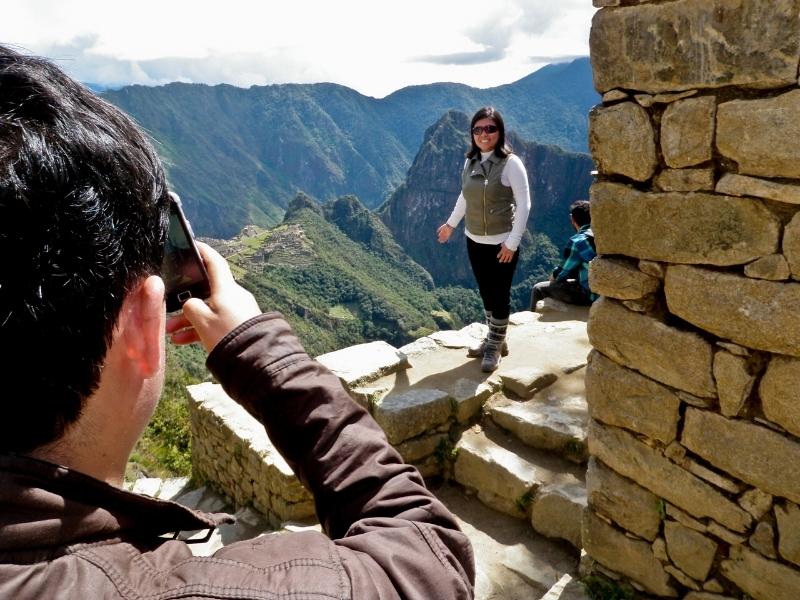
The Inca Trail will lead you to Intipunku — the Sun Gate — and is one of the many reasons visitors decide to hike Machu Picchu. It is believed that this is a way for the Elite in the Inca Society to enter Machu Picchu. This site is famous for its view over Machu Picchu, and you do not want to miss out on the view.
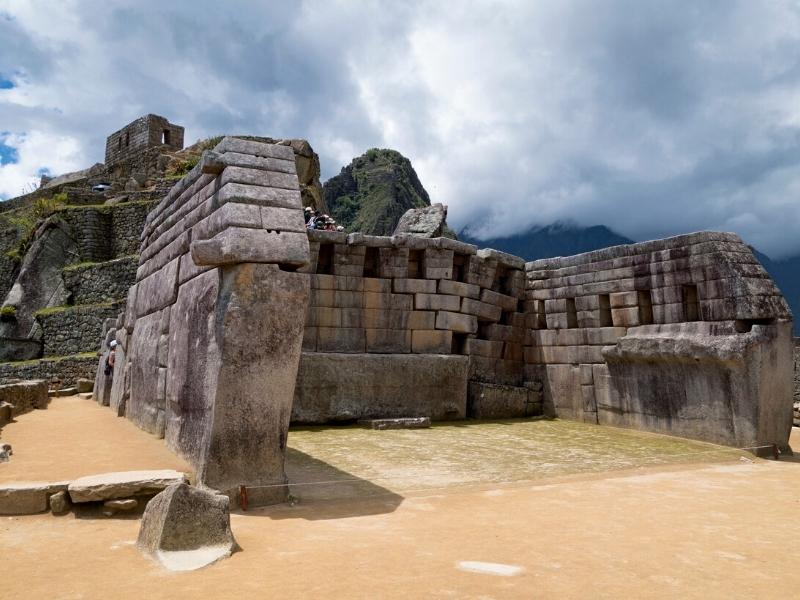
Principal Temple is named after the perfection of its construction, which is a fine example of the Inca masonry’s sophistication. This temple is located in Machu Picchu’s Sacred Plaza and is a massive three-sided building made of beautifully cut stone. It is believed that Principal Temple was used for ceremonial offerings. If you want to experience this culture’s masonry at its finest, this is the spot you must visit.
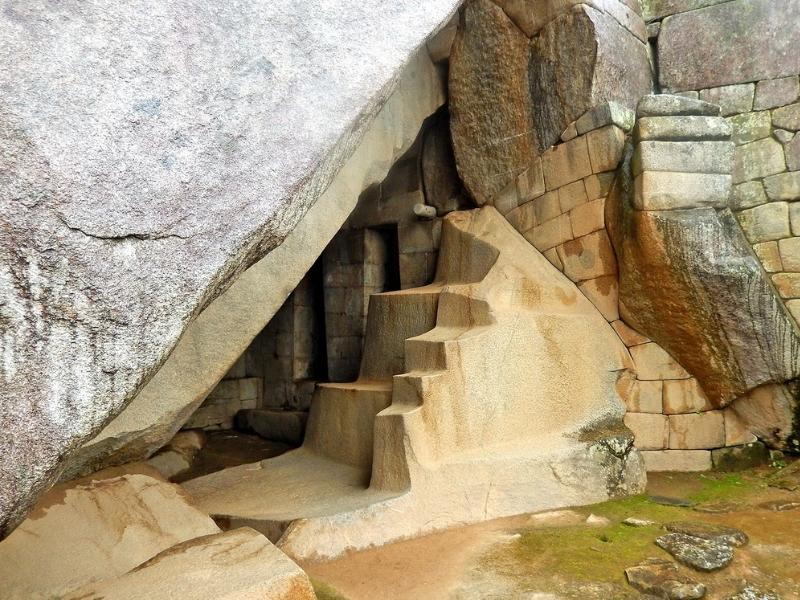
The Royal Tomb is almost hidden, but you can find it below the Temple of the Sun, near the center of Machu Picchu. Inca stonemasons carefully carved this natural rock cave, and its use is still highly debated. The main feature of this tomb is the large altar with two levels and the stone staircase that is carved into the rock. In addition, you will be amazed by the finely carved stone walls, ceremonial niches, and the Inca cross wall carving.
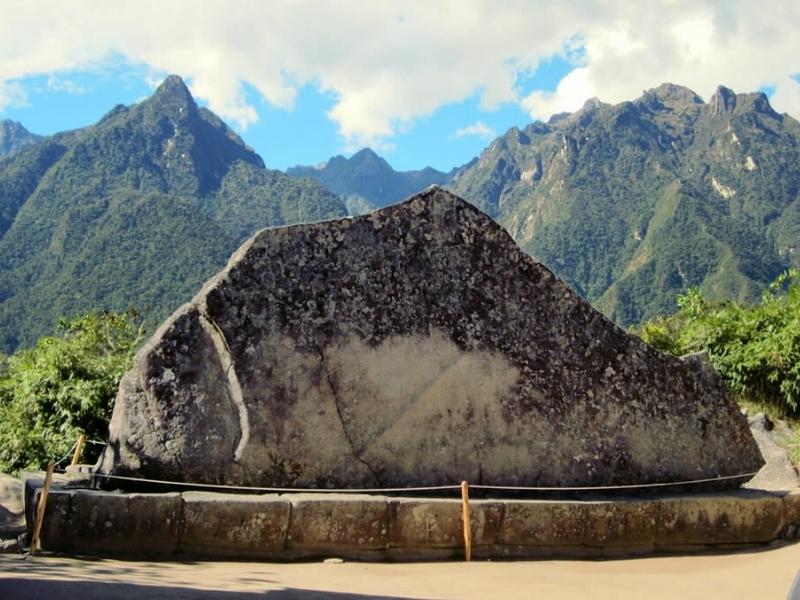
Located in the lower portion of Machu Picchu’s urban sector, you will find the Sacred Rock, which is believed to be a location where Incas went to meditate, listen to poetry, or have music recitals. Some claim the rock was carved into the shape of Putucusi Mountain, which is located right behind it. The best way to get to this site is to hike up Huayna Picchu, which gives you the closest starting point for your adventure to the Sacred Rock. Like many sites at Machu Picchu, visiting Sacred Rock offers some breathtaking views of the area.

The Temple of the Condor is named for the giant carving of a head of a condor and is a stunning example of the stonework Inca masonries achieved. The outstretched wings of the condor carving are made using rock outcrops, which adds to the magnificence of this site. It is believed that the head was used as a sacrificial altar. Additionally, there is a small cave below the temple that was used for rituals. Just behind the temple, a structure is believed to be used as a prison complex, which has a maze of underground dungeons. The Temple of the Condor is a site you have to see in person to appreciate its magnificence.

The only round building at Machu Picchu is the Temple of the Sun, a curved and tapering tower. The best way to view this site is from above, as the actual structure is off-limits to visitors due to it being unstable. The Temple of the Sun is one of the most sacred temples found within the Inca citadel. You will be amazed by the construction, especially the rounded walls and the trapezoid window, which made this temple available to the Incas for many uses, including solar observatory and offerings to their gods.
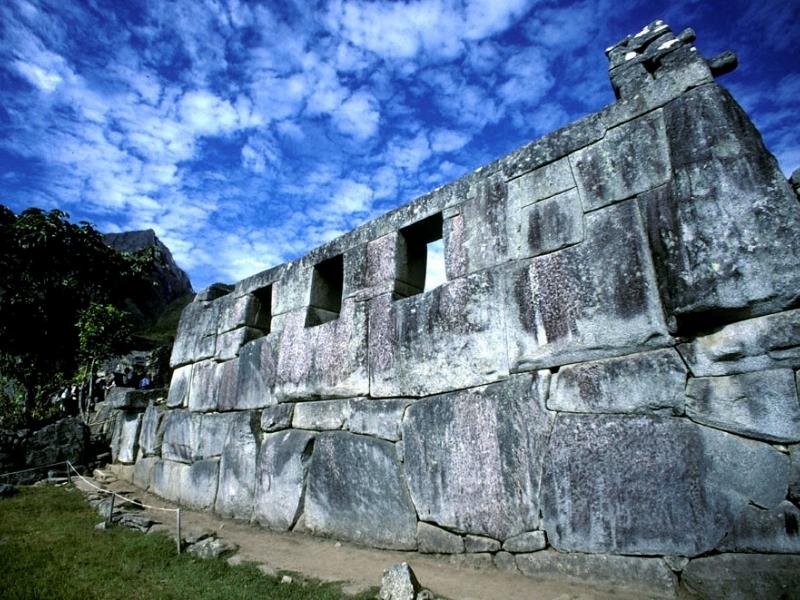
The Temple of the Three Windows is named for the three substantial trapezoidal windows and is located near the main square of Machu Picchu. There are many discussions about the purpose and origin of the temple and the windows, and some theorize the windows represent the different planes of existence — underworld, heaven, and Earth. Regardless of its purpose, you do not want to miss out on seeing this site, especially its structure and the stone engravings. During most hikes, the Temple of the Tree Windows will be the first site you visit and can explore.
Take time to plan out your trip to Machu Picchu and the Best Of Peru. The above sites are some of the most visited and should be included in everyone’s visit to this historical Inca site.

The Temple of the Moon is a secret shrine tucked away in a series of beautifully carved caves hidden from the main ruins, on Huayna Picchu. This structure had transcendental religious value for the community and is a unique place to explore. Rarely visited by those who hike Huayna Picchu, those who do make the extra effort can witness some of the finest stonework in all of Machu Picchu.
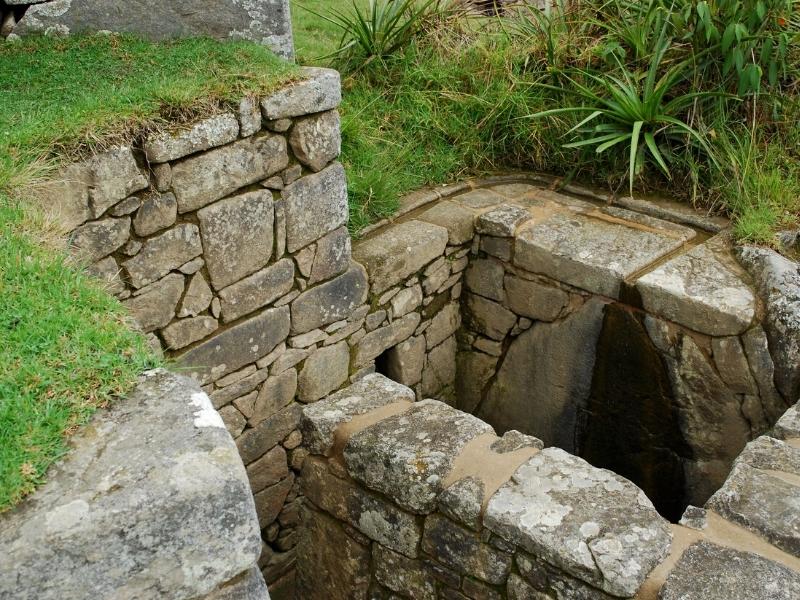
Water is essential for the functioning of any city. Machu Picchu has a whole system of fountains that provided fresh water to the city and that are still in operation until now. Among all these, the Fuentes Staircase stands out, an amazing work of hydraulic engineering, consisting of 16 carefully carved and carved artificial waterfalls, located between the Temple of the Sun and the Royal Palace.
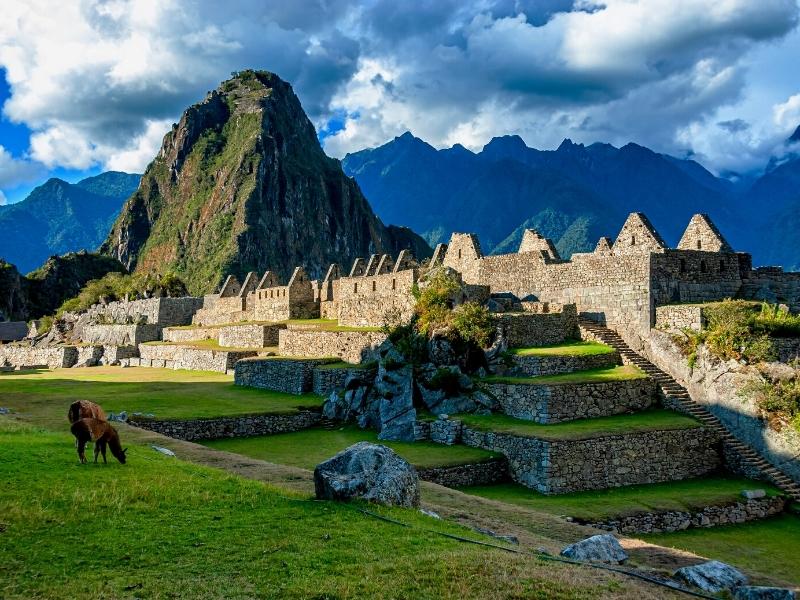
In the residential sector of Machu Picchu you can see two enclosures that are built in a special way. The Royal Palace is a house made with fine masonry and is the largest in the place, in addition to having a preferential place. The Acllahuasi was probably a place where the virgins dedicated to religiosity lived, it is an enclosure of several blocks built with great detail and with the particularity of having only one access to it, in one of the blocks of the place you can find the Sala de the Mortars where two circular vessels also known as Water Mirrors are carved.

It is an area used by women to carry out different activities related to hygiene and the worship of water. Its name is due to the fact that in the middle of the enclosure there are 2 circular deposits that had the function of grinding the grains.
The story goes that in times of rain these reservoirs were filled with water and at night the stars could be seen through them since the water looked like a mirror where they were reflected.
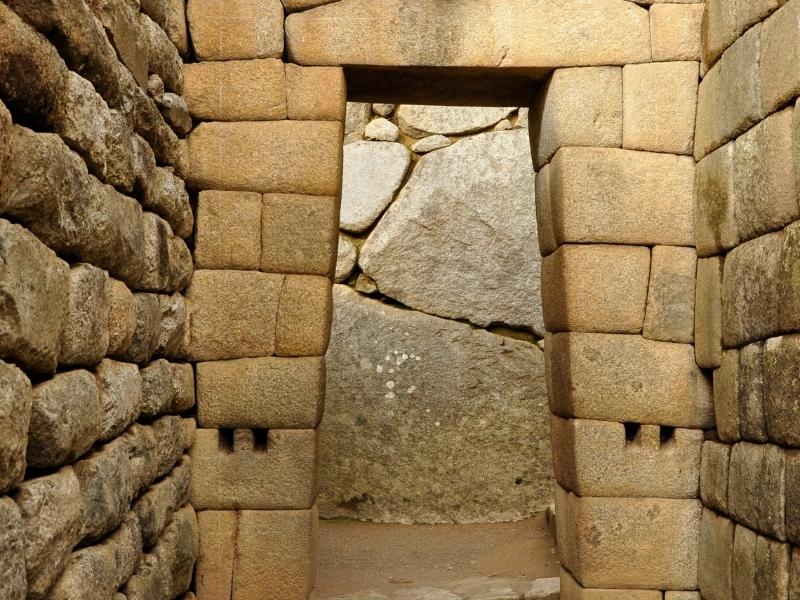
According to some historians and researchers, the enclosure that is in front of the temple of the sun, could have been the private space and only used by the emperor and his lineage, for having considered himself the son of the sun, this gave him privileged access to the temple. most important of Machu Picchu. Today it is still possible to see that this structure of several houses is carefully carved in granite, with details that stand out about its care and safety, access is only possible through a door with security on both sides. That in Inca times only the most important palaces and temples counted.

This is one of the largest doors that was used to enter the urban sector, it is higher than the others, because it is believed that in important times the emperor of the great Tawantinsuyo arrived accompanied by his entire imperial court and was also carried in his litter of gold, next to his wife the Coya.
It is also noteworthy that this door was guarded by two soldiers, day and night; who only authorized the entry of very important people. To avoid any attempt to break in, this door has security systems, which are a stone collar in the upper part, and two at the sides where the drawbridge of bamboo or jungle wood was tied with ropes.
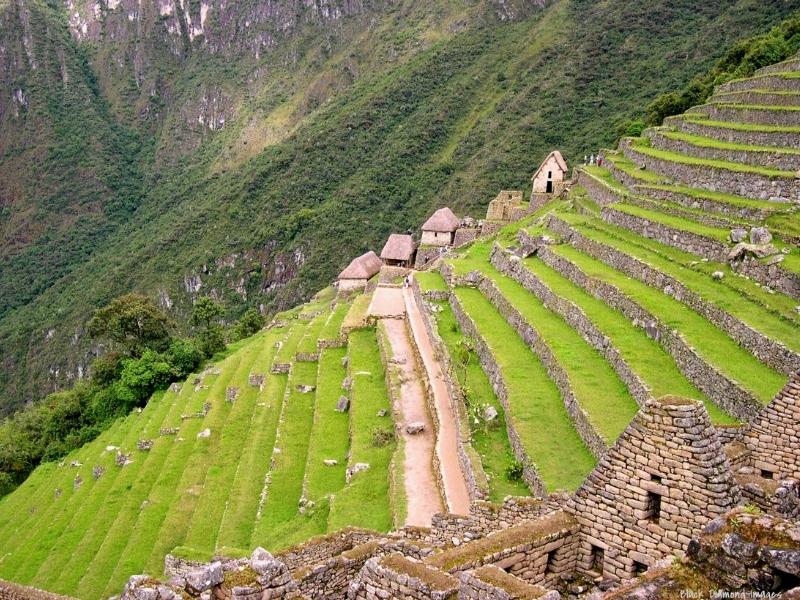
The agricultural sector of the citadel of Machu Picchu, is in the first area of the main access, after passing the control point; They are a series of terraces that have been conditioned from the highest part to the parts near the Vilcanota River, they have a cultivation area greater than 10 hectares, where some of the foods such as corn, peppers, potatoes, sweet potatoes, Lima beans, beans, pumpkins, yucca, fruits such as granadilla, aguaymanto, avocado, pacay, etc.
Various studies show that this agricultural area would not have been sufficient to supply the food needs of residents and visitors to the citadel of Machu Picchu, for which every day it was supplied with all kinds of food from the closest valleys such as Ollantaytambo, Yucay or Cuzco.
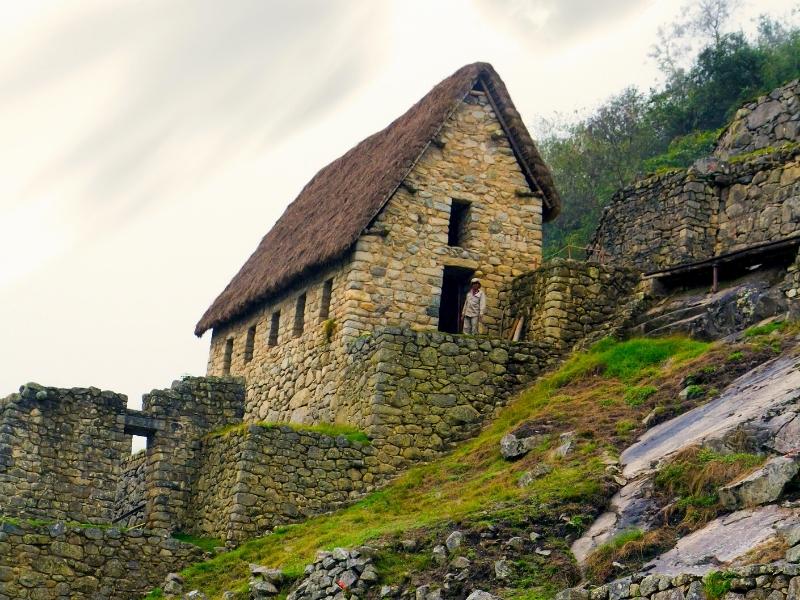
The set of buildings that delimit the agricultural area with the current control point of Machu Picchu, where a series of rectangular buildings have been built, with gabled and hipped roofs, with large windows and doors to facilitate air flow. These enclosures were probably used for the purpose of keeping and storing food resources for the inhabitants of Machu Picchu. As they were also used for the storage of weapons, clothes, and all kinds of utilitarian artifacts.

The Ancascocha Trail to Machu Picchu in the Peruvian Andes is a remarkable trail that remains off the beaten path. It is listed as one of National Geographic’s 20 dream hikes on their World Best Hikes list.
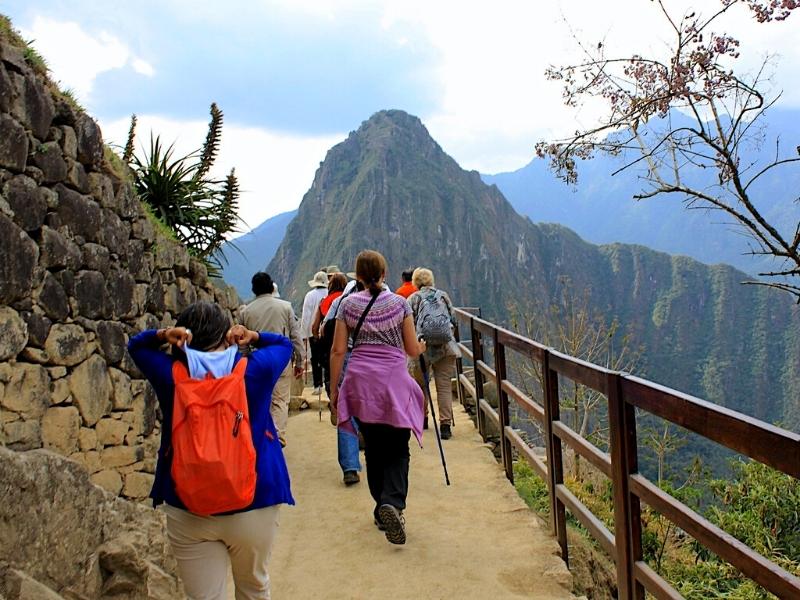
Get to know the majestic city of Cusco, cradle of the greatest civilization in South America, the Incas and their great works of engineering, the citadel of Machu Picchu by train.


One of our most popular trips in Peru combines the cultural heritage of the Sacred Valley and the challenge of doing one of the most popular hiking trails in the world. The four-day trek on the Inca Trail will reward you with a stunning combination of the area's ruins, mountainous landscapes, and cloud forests.

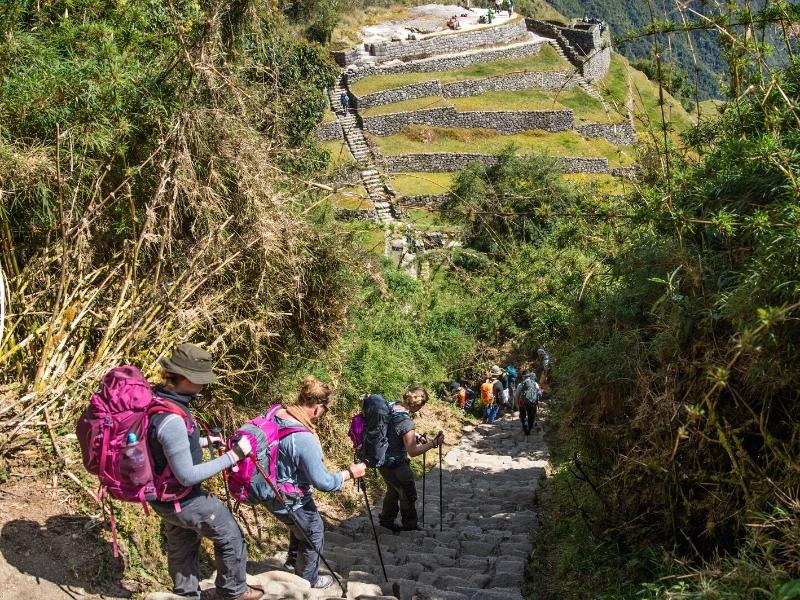
The 5-day Inca Trail to Machu Picchu is a trek that will show you the best landscapes and Inca ruins. This option is recommended for lovers of culture and a more leisurely pace of walking.
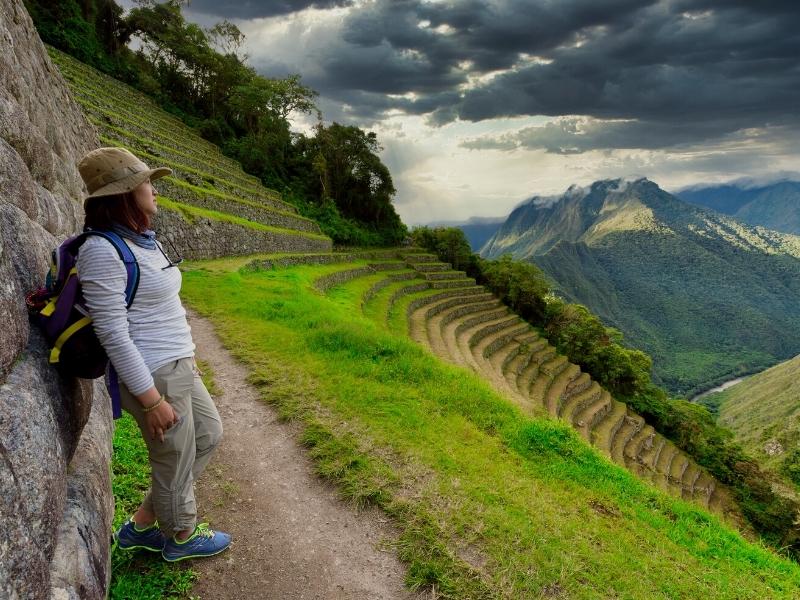
The 2-day Inca trail to Machu Picchu, is the shortest version of the Inca trail circuits to the sacred citadel of Machu Picchu. Andean Great Treks organize this trek with the best local guides and hotels in Machu Picchu. We work only in small groups, the premium service for your delight in Cusco.
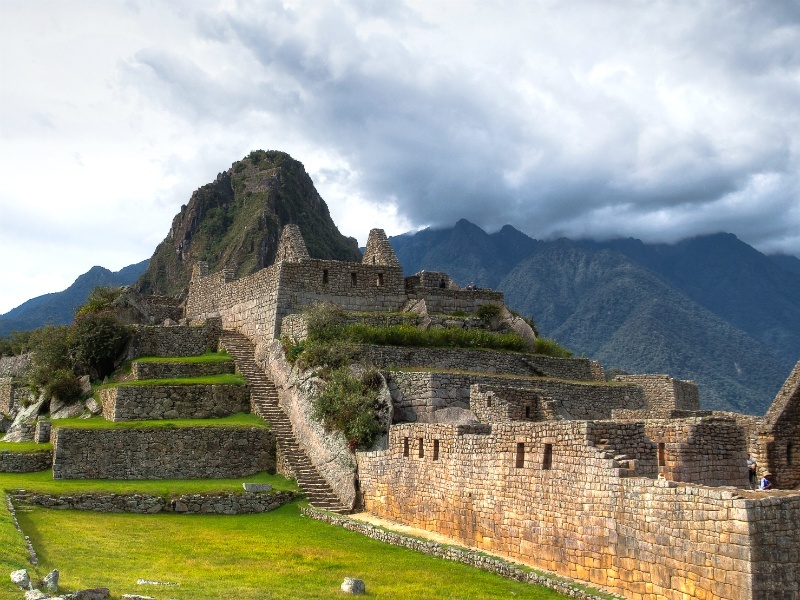
Visit the ancient citadel of Machu Picchu, and discover all its temples, palaces and royal houses of the Inca emperors. Enjoy an unforgettable trip in Peru, Cusco and the Sacred Valley await you on your next vacation, book this tour with Andean Great Treks.
